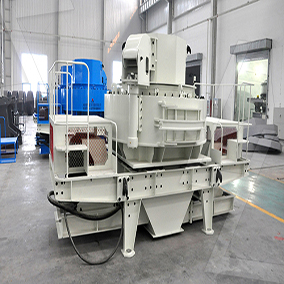Designing a 300-ton-per-day (TPD) gold ore mill involves several key steps, including ore characterization, process selection, equipment sizing, and layout optimization. Below is a structured approach to designing such a facility:
—
1. Ore Characterization & Test Work
– Ore Type: Determine if the ore is free-milling, refractory, or sulfide-rich.
– Gold Grade: Typically expressed in grams per ton (g/t).
– Mineralogy: Identify gangue minerals (e.g., quartz, pyrite) that affect processing.
– Comminution Tests: Bond Work Index (BWI), abrasion index, and grindability.
– Metallurgical Tests: Gravity recovery, cyanidation (CIL/CIP), flotation.
—
2. Process Flow Sheet Selection
 # A. Crushing Circuit (Primary & Secondary)
# A. Crushing Circuit (Primary & Secondary)
– Jaw Crusher (Primary): Reduce ore to ~150 mm.
– Cone Crusher (Secondary): Further reduce to ~25 mm.
– Optional: High-Pressure Grinding Rolls (HPGR) for energy efficiency.
# B. Grinding Circuit
– Ball Mill (~1.5–2 MW): Grind to 75–150 µm (P80).
– Optional: SAG Mill if ore is soft.
– Classification with a hydrocyclone or screen.
.jpg) # C. Gold Recovery Method
# C. Gold Recovery Method
| Option | Description | Applicability |
|——–|————|————–|
| Gravity Separation | Knelson/Falcon concentrator for free gold | High coarse gold content |
| CIL/CIP | Cyanide leaching + activated carbon | Free-milling ores |
| Flotation | For sulfide ores before leaching | Refractory ores |
| POX/BIOX | Pre-treatment for refractory ores | Sulfide-locked gold |
# D. Tailings Management
– Thickener → Filter press or tailings dam.
– Cyanide detoxification if used.
—
3. Equipment Sizing & Selection
| Process Stage | Equipment | Estimated Capacity |
|————–|———-|——————-|
| Crushing | Jaw Crusher + Cone Crusher | 15–20 TPH each |
| Grinding | Ball Mill (~4m x 6m) + Cyclones | 12.5 TPH (300 TPD) |
| Leaching | CIL





Leave a Reply